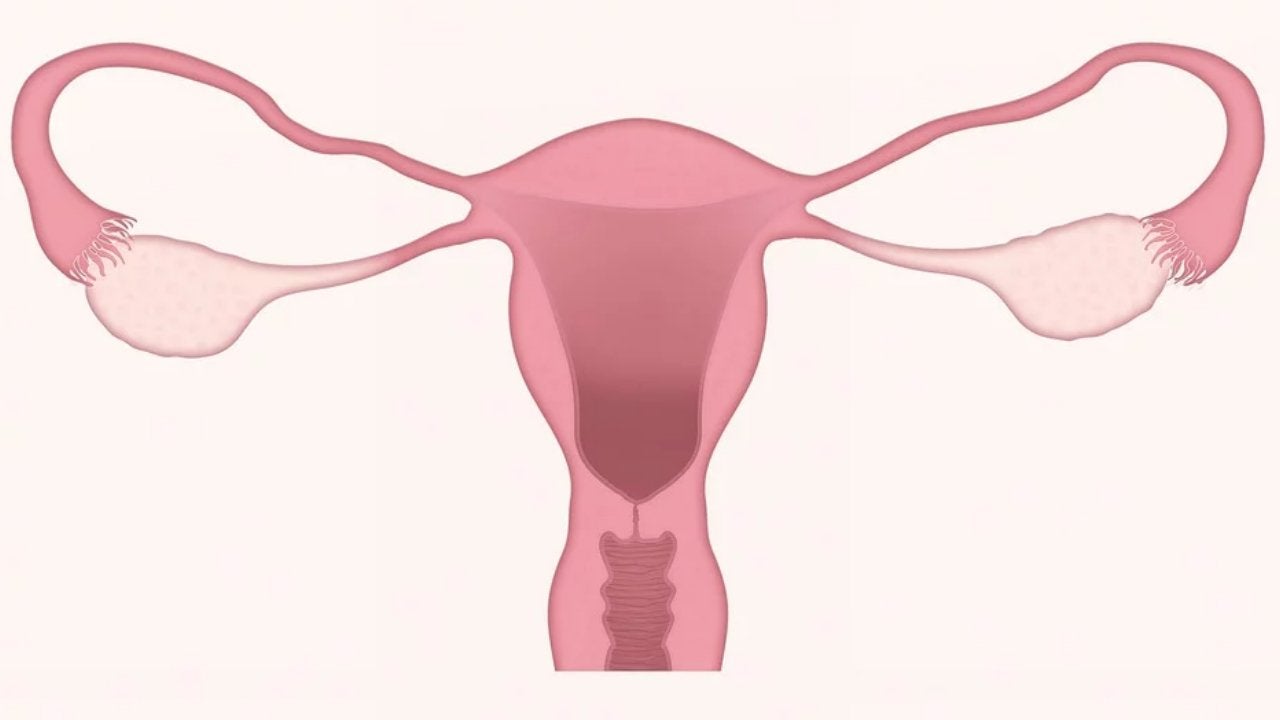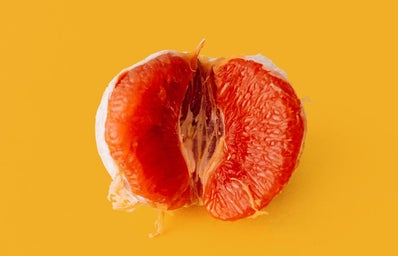I think it’s pretty common that our sex education in high school wasn’t the best it could be—not even close. I recently saw a detailed medical graph of a vagina, legs spread and open to see everything, and realized that it was the first time I’d ever seen such a thing.
In high school, it was custom to show the huge model of a penis, explaining every part of the male organ. However, when it came to a female graph, we were only shown the uterus and ovaries, as if we were Barbie dolls down there. The female body was always boiled down solely to its ability to create and carry life. I never heard any talk about female pleasure, how the vagina cleans itself, what certain odors might mean, or just a simple graph naming each and every part of the vagina. This is incredibly messed up and damaging for young minds learning about their bodies, and it leaves people with vaginas with questions they never knew they had. It’s thanks to social media and the many female and feminist content creators and educators that I’ve come to learn so much about the female body. From the vaginas components, to how to do your own breast exam, and what amount of pain is normal during your period.

- External sexual organs
-
What might be misinterpreted as the vagina is actually called the vulva. The vulva is what is seen between a female body’s legs. The vulva is composed of: mons pubis, outer labia, inner labia, clitoris, clitoral hood, urethral opening, and vaginal opening.
The labia (or lips): The outer labia are the folds of skin around the vaginal opening, usually covered in pubic hair. Meanwhile the inner labia are inside, the outer labia begin at the clitoris and end at the entrance of the vagina. Sometimes the inner labia slips out through the outer labia. The labia is filled with blood vessels, nerve endings, and erectile tissues that come to function during sexual activities. In the aroused state, blood flows into the inner labia, causing more sensitivity and swelling to them, as well as to the outer labia and clitoris. The swelling works as a cushioning that makes sexual acts more secure.
The clitoris: The tip of the clitoris is found on top of the vulva covered by the clitoral hood. The rest of the clitoris extends inside the female body around both sides of the vagina. This extension is called the shaft and crura, and is around five inches long. The clitoris has more nerve endings than any other part of the human body. It’s an erectile organ whose only purpose is pleasure and, like a penis, becomes erect upon sexual arousal.
The mons pubis: This is the area above the vulva that cushions the pubic bone and has the most amount of pubic hair. The urethral opening is the hole that pee comes out of, meanwhile the vaginal opening is the hole through which blood comes out of during periods, where penetrative sex occurs, and where babies are born through.
Each vulva is unique in its own way! Each has a different amount of hair, size, color, and proportions, but they are all totally normal.
- Internal sexual organs
-
The internal parts of a female body are: vagina, cervix, uterus, fallopian tubes, ovaries, bartholin’s glands, skene’s glands, hymen, and g-spot.
The vagina is the tube located between the vulva and the cervix. This is where menstrual cups, tampons, sex toys, and/or penises are inserted. The vagina is naturally stretchy and expands when aroused.
The cervix is the connection between the vagina and the uterus. It has a small hole in the middle that lets menstrual blood out and sperm in. It’s also what expands or dilates during childbirth, allowing babies to exit the uterus. The cervix protects your body by preventing things like tampons or other objects from getting lost inside the body.
The uterus is the most often called the womb because it’s where a baby grows during pregnancy. In a process called tenting, the lower part of the uterus lifts up to the belly button, allowing room for the vagina to expand when aroused.
The ovaries store and release eggs and produce hormones like estrogen, testosterone, and progesterone that control periods and pregnancy. Meanwhile, the fallopian tubes are what carry the eggs from the ovaries to the uterus as well as being the travel route for sperm. The fimbriae are the organs that sweep the eggs into the fallopian tube.
The hymen is thin tissue that is located across the opening of the vagina. Depending on how stretched they are while covering the vaginal opening, this tissue can sometimes tear and cause bleeding when any object is inserted in the vagina, but not necessarily.
During arousal, bartholin’s glands release the fluid that lubricates the vagina, while skene’s glands release fluids during ejaculation. The gräfenberg spot (or g-spot), located in the vaginal front wall, can swell up when aroused.
- Breasts
-
Commonly misinterpreted as sexual organs, the breasts’ primary function is to lactate and produce milk. The breasts are fatty tissues laying on top of the chest that are made out of specialized tissues that produce milk. The fat holds its structural integrity by suspensory ligaments. The amount of fatty tissue determines the breast size, which changes throughout their life in moments like puberty, pregnancy, weight gain or loss, and aging.
The lobe is organized into 15 to 20 sections spread throughout the breast and have smaller lobes called lobules that produce milk. The milk travels through tubes called ducts and eventually exit through the skin of the nipple. The dark skin around the nipple is called the areola and can come in all types of colors and sizes. The breasts are covered with blood vessels, lymph vessels and nerve endings that can make the skin and nipple sensitive. Some female bodies can find arousal in the sensitive parts of the boobs and nipples.
In writing this article, I’ve learned so much more about the female body than I ever knew in all of my academic years. This only reassures my thought on how important our sexual and anatomy education must be. We must continue to educate ourselves clearly, not hide our anatomy behind pet names and learn to treat the female body with dignity and respect. All bodies are beautiful, natural and unique in their own way. To find more information about these topics I urge you to follow: @the.vulva.gallery, @planetprudence, @latchandlearnuk, @weareungirls and @plannedparenthood on Instagram!


